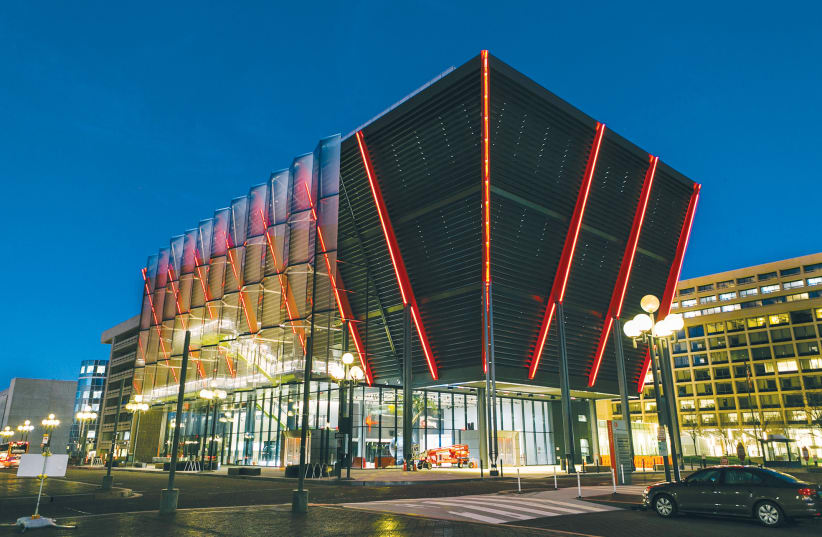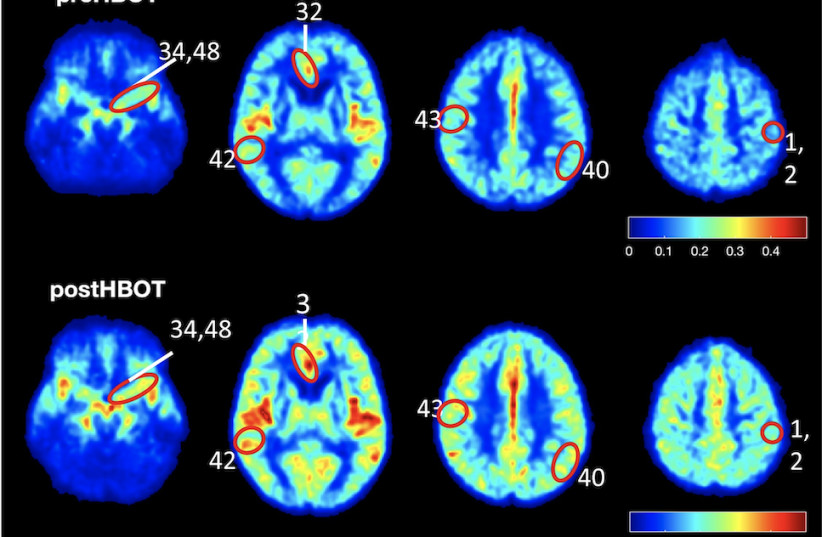"Spy with Me” sounds like the sort of intriguing program you might join for a peek into the secretive world of spy craft.
It is offered once a month on Zoom by the International Spy Museum in Washington, DC and explores spy stories with the addition of music and artifacts.
International Spy Museum's "Spy with me" exhibit
But this one-hour program stands out for an additional reason: it’s for individuals with dementia and their care partners. Shana Oltmans, the program’s enthusiastic director, explains that “Spy with Me” reflects her own interest in specialty programming for older adults – specifically those with dementia.
Oltmans, who is also the museum’s exhibitions and programs manager, first connected with a local senior center in 2018 to do an in-person pilot program for people with dementia when the museum was still located in Chinatown. She would choose a topic to inspire the participants, including visual elements like artifacts and pictures.
But then the pandemic hit, and everything came to a stop.
When the museum re-opened in 2019 in its new facility at 700 L’Enfant Plaza SW, Oltmans was ready to resume the program via Zoom. Her audience of isolated seniors with dementia, she notes, was a group she says she was “really concerned about...”
Aliza Bran, media relations manager for the Spy Museum, cited a 2007 study by the US National Institute of Health that found that one in seven individuals over 70 in the United States has dementia, with prevalence increasing with age.
“Knowing there’s such a large population struggling with this,” she says, “we want to make sure we can offer this population a way to connect with our material and give them something fun to look forward to.
“Once COVID hit, we were even more interested in reaching this audience, which was even more isolated at that time than they’d been previously. The only way we could was by Zoom.”
One likely question about the program is, given their condition, how much do participants really understand?
“So I think it depends,” says Oltmans, “and especially with the virtual program it allows for people who might be at later stages [of dementia] to participate because they can do it from the comfort of their home. So I can’t speak to necessarily knowing how much a particular person is fully grasping or understanding from the content.
“But I guess the purpose of the program isn’t necessarily hoping that the participants come away with a deep understanding of what the material is, but more hoping to provide a moment of entertainment, some joy, maybe connecting with a spouse, son or daughter who might be with them…”
Oltmans did note, however, that some participants have asked very specific questions or shared personal information related to the particular spy story under discussion.
Among spy topics discussed are “Spy Cities” (Berlin, Venice and Washington); “Spy Games,” including board games with hidden purposes or games inspired by spies; “Spy Cars,” focusing on cars used to smuggle people out of Berlin during the Cold War; and “Spies in the Sky,” focusing on balloons, planes and satellites. Oltmans even once had a request to talk about the use of coffee and chocolate in spying.
In crafting her virtual exploration of spy stories, Oltmans develops PowerPoint presentations using large images of artifacts, like a large wooden toy used to hide something. She also uses images of locations like Berlin, Venice and Washington and incorporates music, which usually brings about a “good response.”
In one example of artifact use, she employed game cards, which concealed a spy map. Oltmans recalled that she got a surprising reaction when she asked participants if they enjoyed playing cards. One of the participants said she loved playing poker.
More information about the museum is available at www.spymuseum

